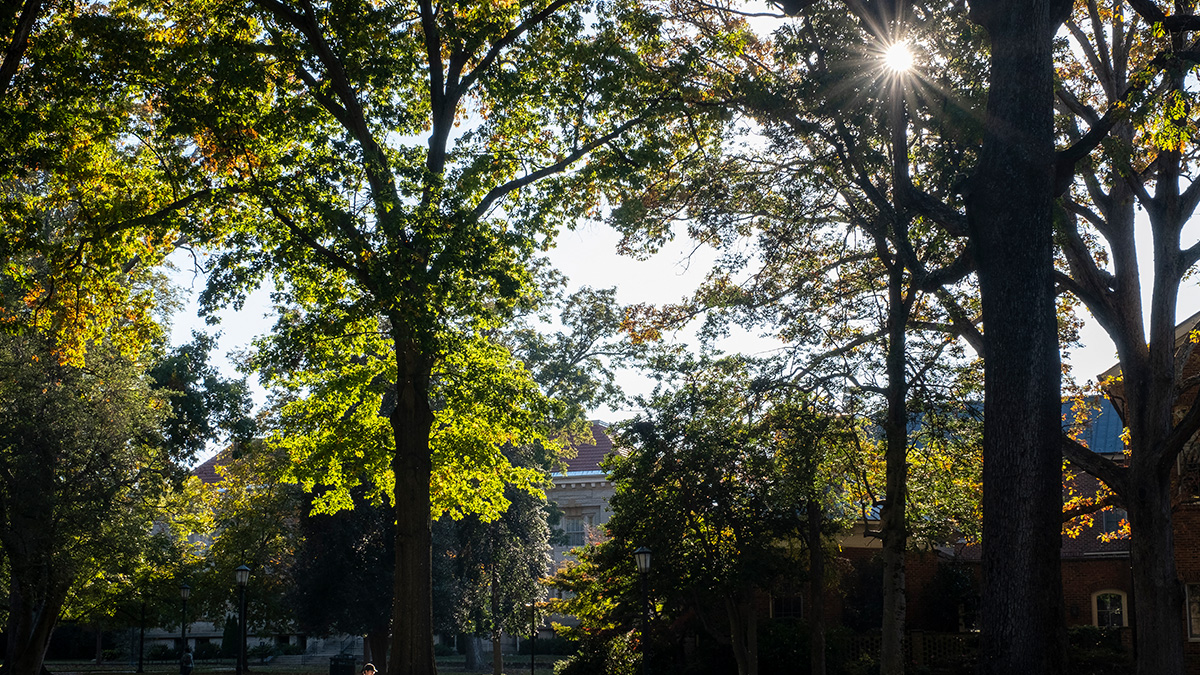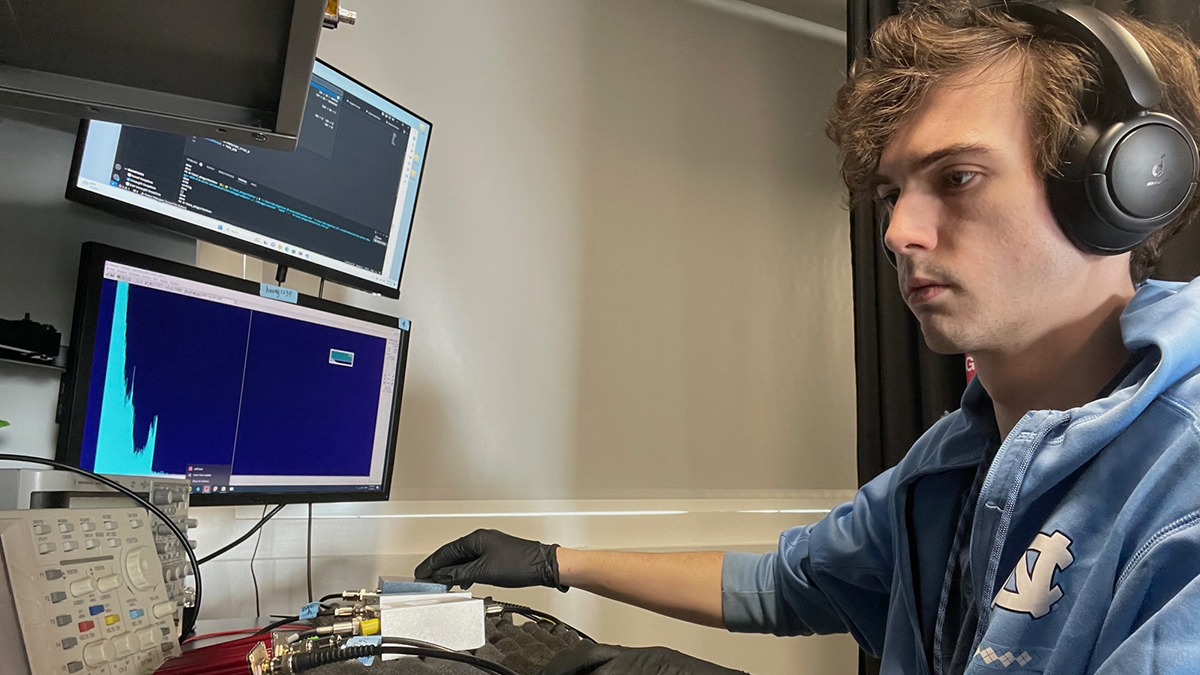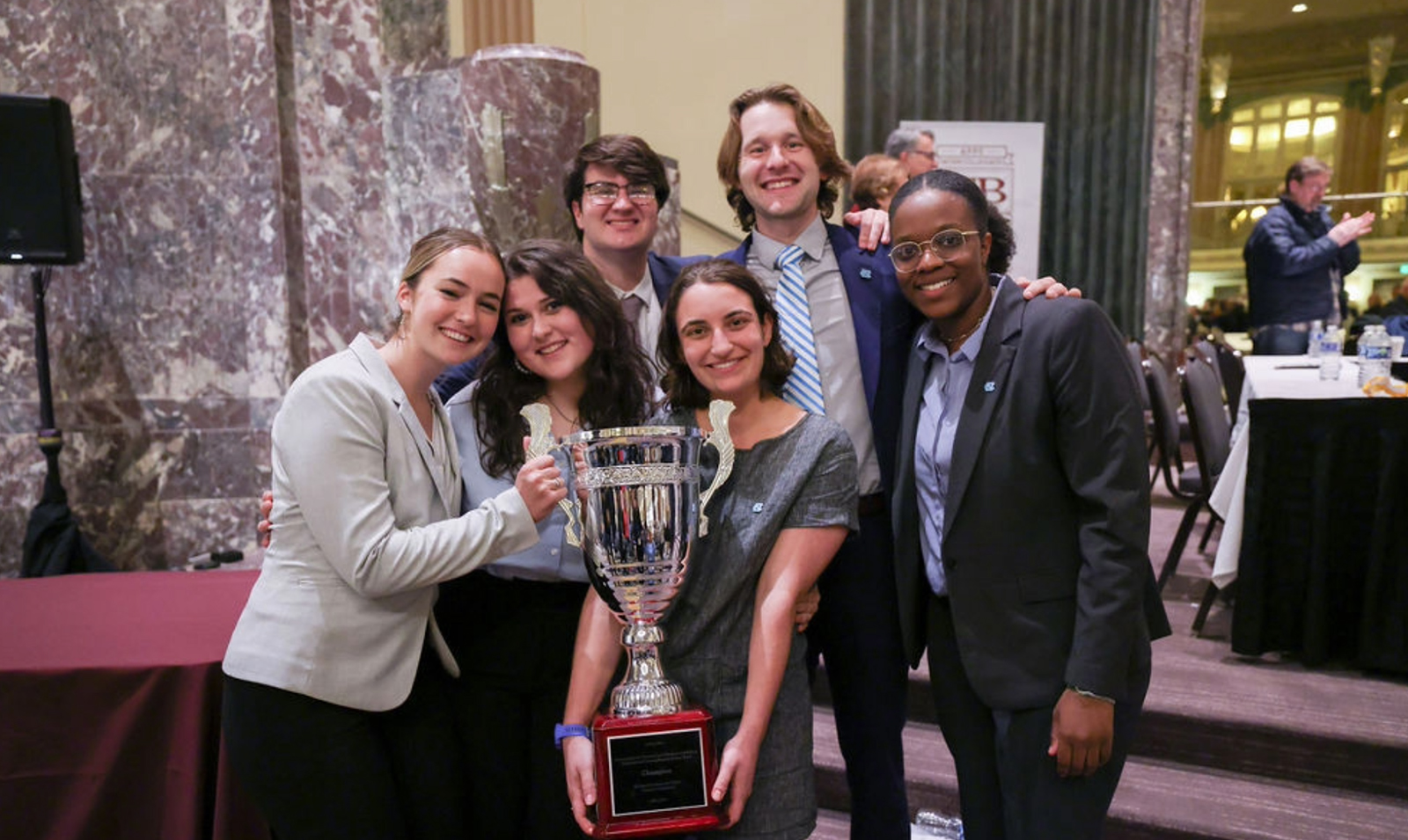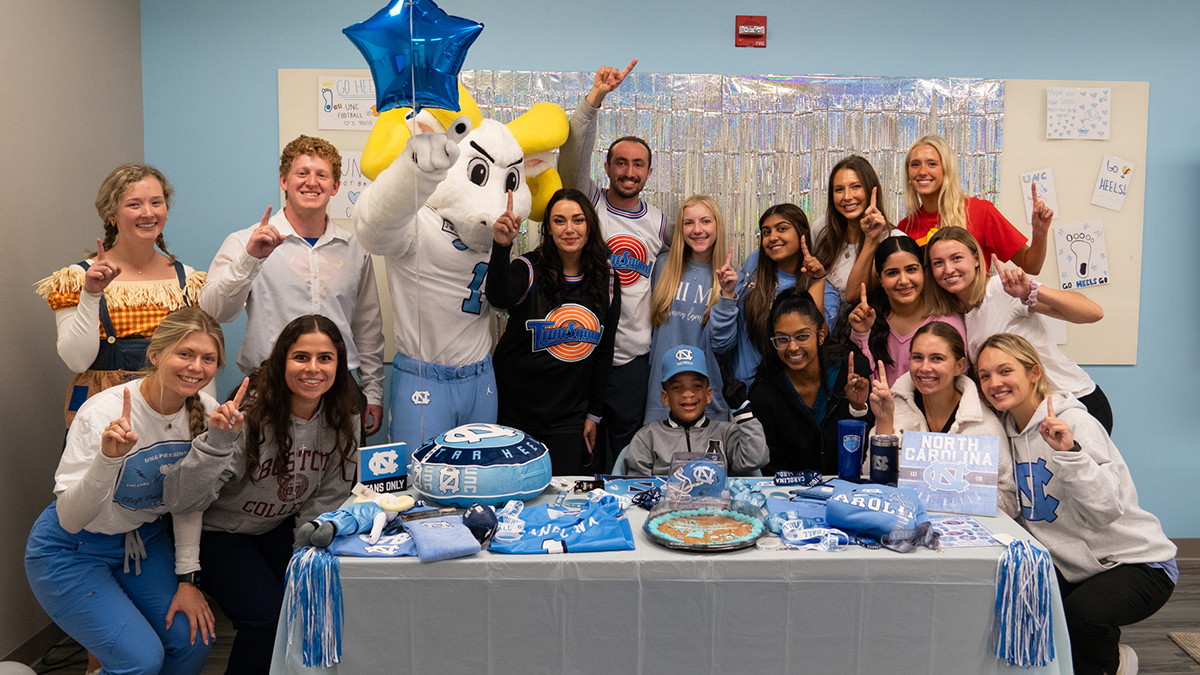The head and the heart
Todd Cohen and Jonathan Schisler — a neuroscientist and heart researcher — began working together in 2016 after meeting for coffee in Marsico Hall. By combining their expertise in protein studies, they strive to develop a potential treatment for Alzheimer’s disease.
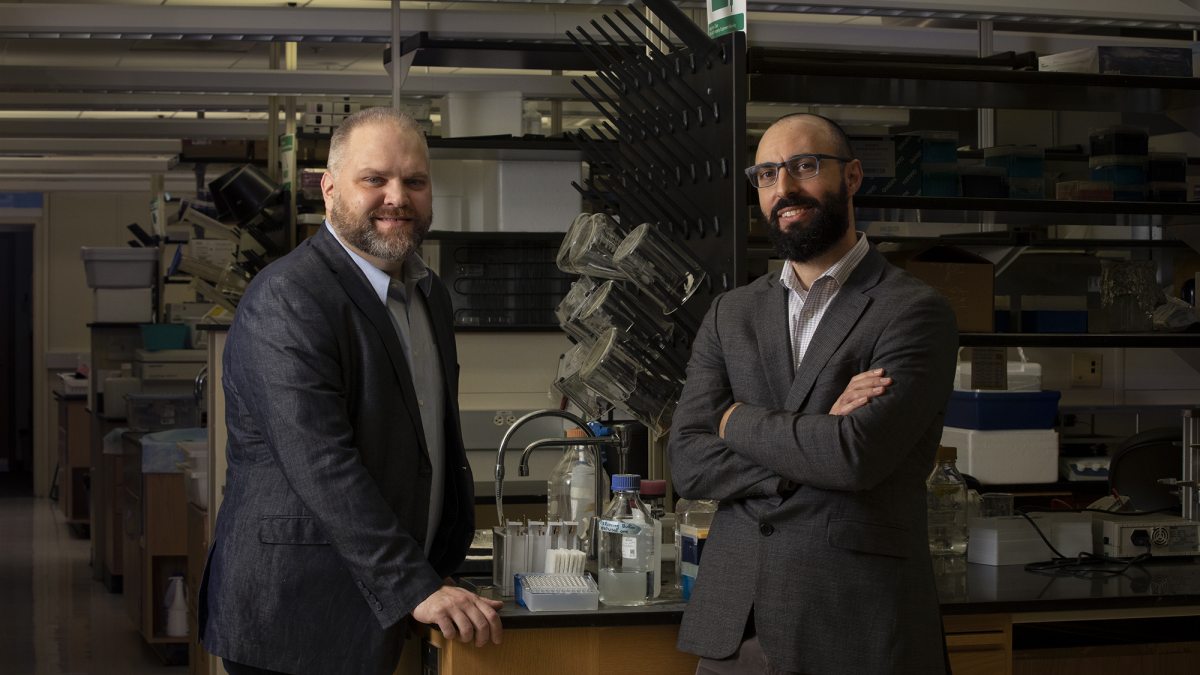
They crack jokes. They interrupt each other. They finish each other’s sentences. Jonathan Schisler and Todd Cohen’s friendship might remind you of those couples from the vignettes in “When Harry Met Sally.” When asked how they met, Schisler laughs.
“Well, Todd said we met each other years ago [at Duke], which I don’t even remember,” he said.
“I knew him, but he didn’t know me,” Cohen said. “I admired him from afar. He had no clue who I was.”
While they ended up going separate ways for a while, both eventually landed at Carolina to study proteins. As a neuroscientist, Cohen focuses on why proteins aggregate in the brain. And although Schisler, a biochemist, works in a different field, he too studies proteins — how they form and function in the heart.
Proteins are vital to a variety of processes — from transporting oxygen to transmitting messages between cells — and are required for the structure, function, and regulation of the body’s tissues and organs. So, when they stop working, problems arise. That’s what Cohen and Schisler are focused on.
“Multiple diseases can be attributed to proteins not functioning as intended, whether that’s due to mutations, stress, age, radiation. All those things impact how proteins function,” Schisler said. “That’s why protein research is incredibly foundational to everything we study.”
Current protein studies are guiding scientists down a road of endless discoveries, from preserving biological samples like blood, human tissues and vaccines to creating new therapies for cancer and hearing loss.
Cohen and Schisler want to know how to stop proteins from malfunctioning in order to, potentially, reverse the effects of the diseases they cause or prevent them from happening altogether. Specifically, they are looking at how faulty proteins cause Alzheimer’s disease.
Cellular workhorses
Imagine how getting behind on your laundry disrupts the synergy of your closet. Shirts drip from shelves, sweaters sit balled up in the corner, socks of all shapes and sizes lie scattered on the floor. While these piles form separately from one another, they eventually combine into one large mass of clothing.
A similar event happens with proteins in the body. When a protein fails to fold properly, it gloms onto other misfolded proteins and forms an aggregate — in other words, a big pile of stinky laundry. These clumps can become toxic and lead to diseases from cataracts to cystic fibrosis. Proteins are the workhorses for all human cells, and when they malfunction, our bodies just don’t work as well.
Schisler focuses on protein quality control within the heart. Every week, he said, heart cells produce an entirely new set of proteins that allow it to beat consistently. When these proteins stop working and begin to accumulate, heart failure occurs.
A similar thing can happen with proteins in the brain, which lead to diseases like Parkinson’s, ALS, Huntington’s, frontal temporal dementia and Alzheimer’s. Cohen has spent the past decade trying to understand why proteins aggregate. Specifically, he focuses on a protein called “tau,” which is abundant in neurons.
“The field generally thinks if you prevent these proteins from clumping, you’ll cure all these diseases,” Cohen said. “So if you can prevent tau from forming, you would probably prevent the cognitive impairment in Alzheimer’s disease.”
But how can tau be prevented from forming? Cohen and Schisler may have a solution — one they’ve been dreaming up since first meeting in 2015. That dream is now on its way to becoming reality thanks to a $3.1 million grant that they received in 2019 from the National Institute on Aging in early 2019.
Protein purging
When a brain loses neurons, it’s most likely because of failed tau proteins, according to Cohen. Since 2010, he’s experimented with how different enzymes modify tau, in search of one to stop it from misfolding and forming piles upon piles of dirty laundry in the brain.
“I always joke that he’s, like, in ‘The Matrix’ looking at all these things sprinkling down the screen and it’s tau modifications,” said Schisler, chuckling.
While Cohen was busy decoding tau, Schisler was working with a protein called “chip” that, turns out, performs a type decluttering session. Chip recruits other proteins into groups and helps them restructure. More specifically, Schisler found that chip was throwing out misfolded forms of tau in the heart. As organizing guru Marie Kondo says: If it does not spark joy, toss it.
“And if it works in the heart,” Cohen said, “why not the brain?”
In 2016, after reading Schisler’s paper describing chip’s clean-up method, Cohen emailed him almost immediately. They met and quickly realized collaboration was imminent.
“With Todd, I just knew,” Schisler said. “Like I knew with my wife. I thought, ‘This is going to be a beautiful relationship.’”
“Some people just don’t click,” Cohen admitted. “Even if it’s the right project at the right time, if you can’t meet and talk about it and it’s not the right fit, it just doesn’t happen.”
Continue reading on Endeavors’ website
